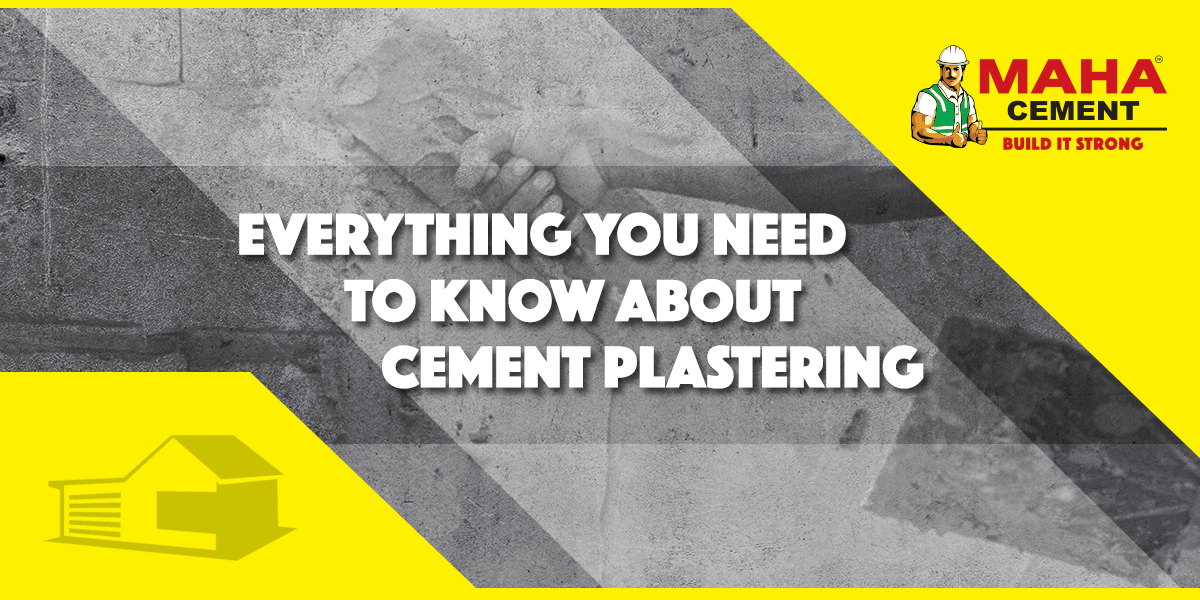
The task of plastering your home might seem like an unnecessary step, in an already lengthy process of getting a home ready. However, it’s needed to be done because it helps to provide the perfect finish for your wall. Cement plastering your home hides all cragged and uneven surfaces of the walls. A smooth and clean surface awaits after a round of cement plastering.
Cement plaster is used to plaster the interior as well as the exterior walls of the house. The best quality of cement plastering is needed in order to do a great job. Cement plaster is a mixture of water, fine aggregates and Portland cement. Cement and sand are mixed in different amounts to obtain the cement plaster.
For interior walls, a single coat of plaster is usually enough for a nice surface. Many coats are used, depending on the thickness of plaster and the nature of the surface.
The recommended thickness of individual coats of plaster follows in the table below –
| Coat of Cement Plaster | Thickness |
| Single coat plaster | 10 to 15 mm |
| Under coat for Two coat plaster | 10 to 12 mm |
| Finishing coat for Two coat plaster | 3 to 8 mm |
| Base coat for Three coat plaster | 10 to 15 mm |
| Second coat for Three coat plaster | 3 to 8 mm |
| Finishing coat for Three coat plaster | 3 to 5 mm |
Different varieties of plaster exist, such as
- Lime Plaster: Consists of a lime mixture, with a sand:lime ratio of 1:3. Used for undercoat and finished surfaces.
- Cement Plaster: Cement and sand are used in the ratio of 1:3 and mixed with water.
- Gypsum Plaster: Fresh variety of plaster with reduced chances of shrinkage and cracks.
Types of finishes provided by plasterers are as follows –
- Smooth cast finish
- Rough cast finish
- Sand faced finish
- Pebbledash Finish
- Scraped Finish
In conclusion, always go for a layer of plastering for a smooth and uneven home! Take a look at Maha Cement’s catalog of products to choose what suits you best.

